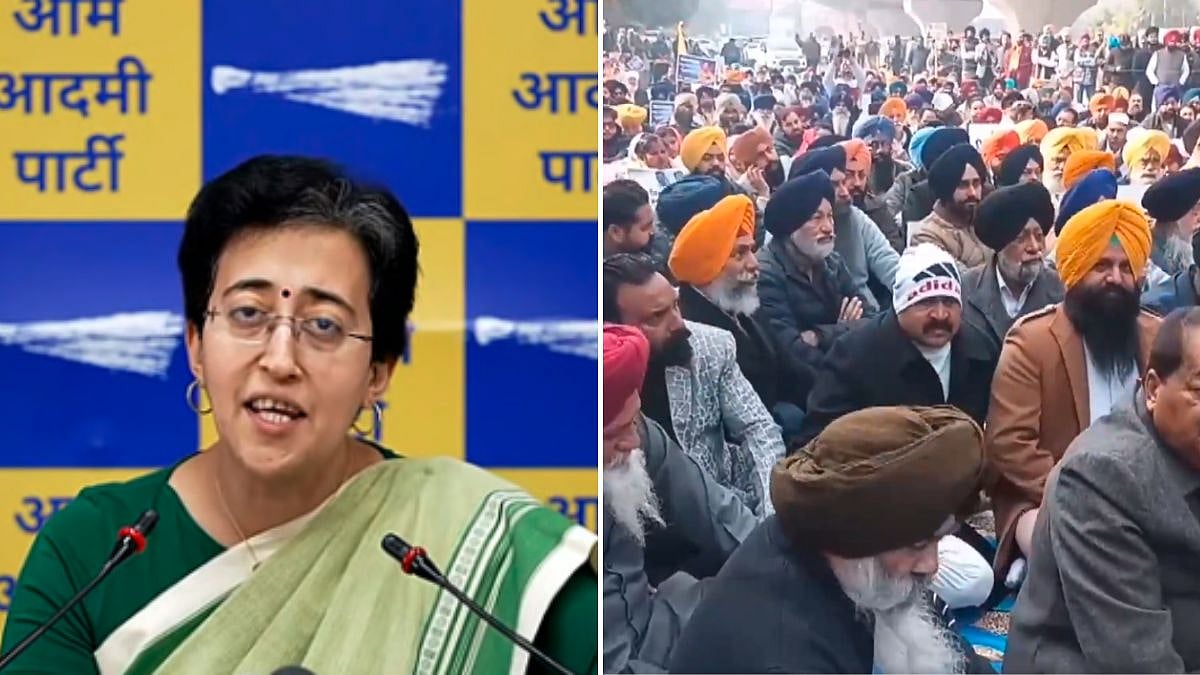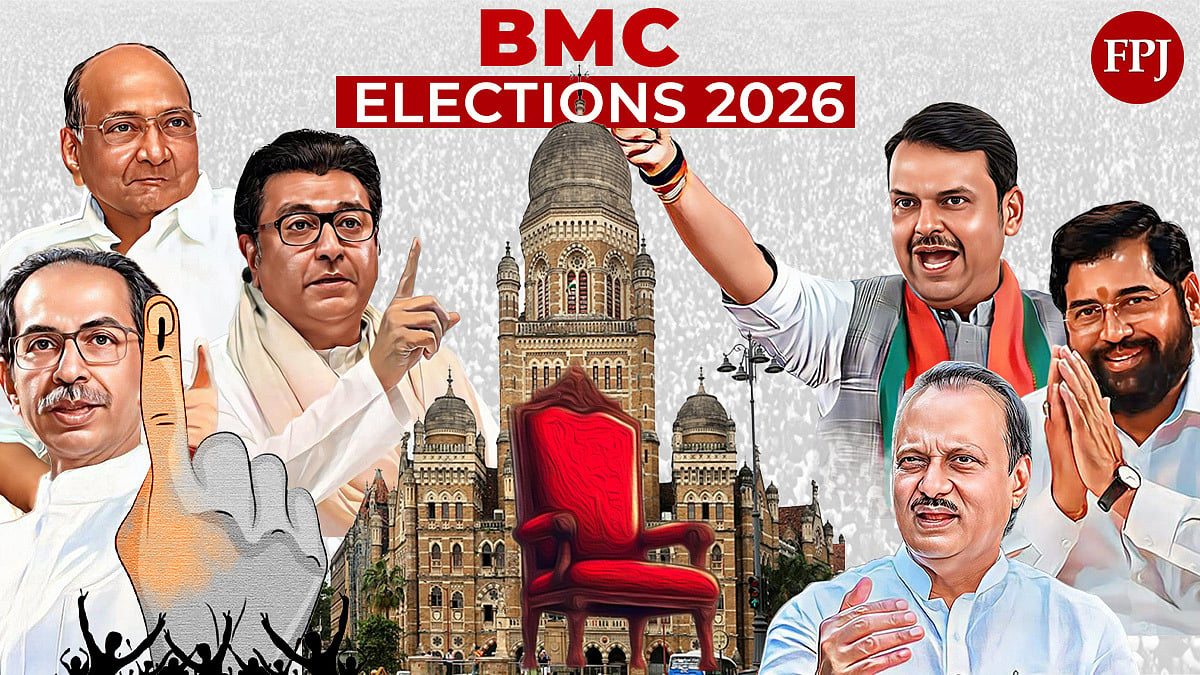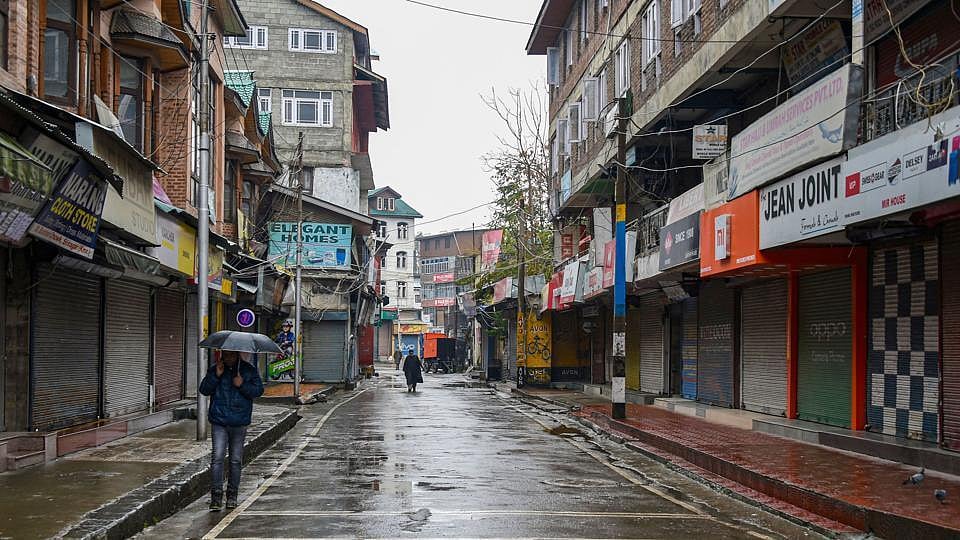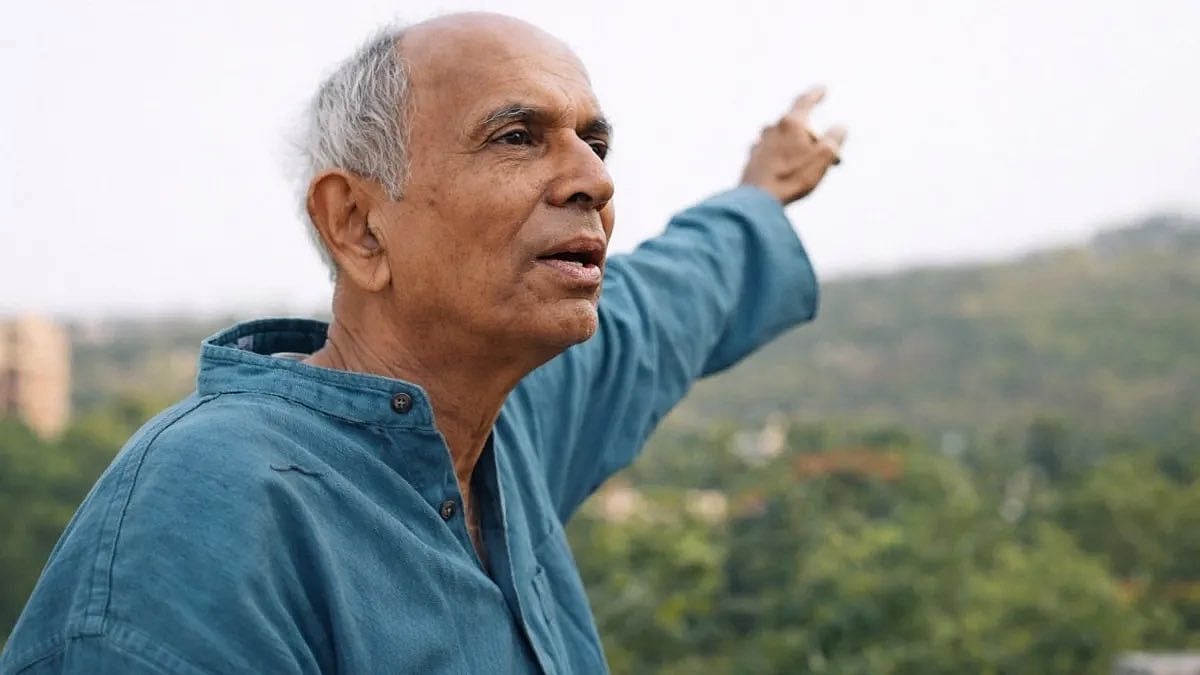Teachers’ Day has come and gone and few have been any wiser for it. And so has Engineers’ Day. And who is the engineer after whom the day is observed? I asked about a dozen engineers none of whom engineers are, but worse still, how indifferent to the subject the government radio and television channels are. Why is the media so negligent of the great among us who have helped direct in many ways the lives of a couple of generations? If Sarvepalli Radhakrishnan was a great teacher with a high international reputation, Mokshagundam Visvesvaraya’s contribution in the engineering field was no less.
He was born on September 15, 1860, a contemporary of celebrities like Swami Vivekananda and Mahatma Gandhi. He lost his father at the tender age of 15. Brought up in a Telugu Brahmin family in the old Kurnool district, he enrolled in a Kannada medium primary school in Chikballapur and attended high school in Bangalore. He earned his Bachelor of Arts degree from Central College, Bangalore, but decided he would like to be an engineer. With family support, he studied civil engineering at the then prestigious College of Engineering, Pune, and his career began in right earnest.
First, he took up a job with the Public Works Department of Mumbai. Quite soon, he was invited to join the Indian Irrigation Commission, leading to the implementation of an extremely intricate system of irrigation in the Deccan area. He even designed and patented a system of automatic weir water floodgates that were first installed in 1903 at the Khadakvasala Reservoir near Pune. The system was so successful that it was duplicated at the Tigra Dam in Gwalior and the Krishnaraja Sagar Dam in Mandya and later, in far away Aden as well. By then, Visvesvaraya had attained celebrity status and was invited to design a flood protection system for the city of Hyderabad, following which he was instrumental in developing a system to protect Visakapatnam port from sea erosion. One project followed another and the young engineer supervised the construction of the KRS Dam across the Kavery river from concept to inauguration. That dam was to become the biggest reservoir of its kind in Asia when it was completed.
And then came a stint in Mysore, a princely state during which he found a number of institutions like the Mysore Soap Factory, the Parasitoide Laboratory, the Mysore Iron and Steel Works in Bhadravati (now known as Visvesvaraya Iron and Steel Ltd), the Sri Jayachamarajendra Polytechnic Institute, the Bangalore Agricultural University, the State Bank of Mysore, the Century Club and, needless to say the Mysore Chamber of Commerce and other ventures. During these years, he also travelled fairly widely, visiting Egypt, Canada, the United States of America and Russia. In all his early years as an engineer, he had served the British Government. In 1909, at the age of 49, he retired from British service and was simultaneously appointed Chief Engineer and Secretary to the Government of Mysore State.
It was as if he had come at last: Earlier he had worked for a short period for the Nizam of Hyderabad and credit goes to him for suggesting flood relief measures for Hyderabad town which was under constant threats from Musi River. But while he had by then become a national figure it was when he returned for good to Mysore, his home state that put him under greater limelight. First, he was appointed Chief Engineer of Mysore State in 1909. Three years later he was appointed Diwan, the ultimate in civil power. He remained Diwan of Mysore for nine years. The ruler of Mysore then was Krishnaraja Wodeyar IV and it was he who gave Visvesvaraya a free hand that enabled allround development of the state. Mysore was fast becoming known for its excellent administration. Not only did Visvesvaraya help establish the industrial units earlier mentioned, he was instrumental in the founding of the Government Engineering College in Bangalore in 1917, one of the first to be started in India. It was later to be named as Visvesvaraya College of Engineering after its founder. Honours and awards came thick and fast.
In 1911, he was named Companion of the Order of the Indian Empire (CIE). Four years later he was knighted to become Knight Commander of the Order of the Indian Empire (KCTE), no small Award for those times. He was feted with Honorary
Membership of the International Institute of Civil Engineers and was given Fellowship of the Indian Institute of Science. As many as eight Universities in India bestowed on him the Republic’s highest honour, the Bharat Ratna. And no man deserved it more. The village boy who was orphaned while
still in school was in his old age to be the talk of the town. Such was the respect he commanded that Pune College of Engineering has erected a statue in his honour.
A memorial has also been set up at his birthplace, Muddenahalli, next to his ancient home which is almost regarded as a temple. It exhibits his awards, titles and personal belongings, including spectacles, his copy of Webster’s Dictionary, models of the Krishnaraja Sagar Dam and even a block with which his visiting cards were printed.
In his golden years he did write a brief memoir but his two other works, ‘Reconstructing India’ (!920) and ‘Planned Economy For India’ will tell us more about the times in which he lived and the nature of the economy then existing. Yet another book, ‘Unemployment in India: Its Causes and Cure’ serves to remind us that Visvesvaraya was not just a civil engineer but a nation-builder as well. It is hard to find anyone of his calibre in these turbulent times.
M V Kamath









